Do house plants clean indoor air?
The idea that house plants filter and clean indoor air is at best a mini-truth, and at worst a total myth, and like any pseudo-science health trend, it can have a negative impact as well.Providing false solutions to human health issues gives people a false sense of security. Having plants in your home provides quality of life and a connection to nature but functionally speaking, they do next to nothing to improve air quality.
Just as some questionable home remedies, homeopathic solutions and anti-vaccine propaganda can be counterproductive to maintaining health, succumbing to these internet myths and relying on plants to clean your air may worsen the indoor air quality in your home. It’s far better to follow practical and proven methods and guidelines, such as those laid out inhome rating systems like LEED. One example of something the internet has spread around as a truth isusing coffee grounds in the garden - discover here why it's such a bad idea.
This popular internet rumor stems from aNASA study1989年,该研究得出结论,如果人类生活在密闭的小空间里,植物可能为减少室内空气污染提供了一种负担得起的解决方案。
This anecdotal conclusion has grown to epic proportions among home décor websites to the point where there are even recommending specific plants in specific rooms for their particular characteristics; the following examples were easily found on the web –

The best air purifying plants are apparently....
•Bamboo palm and spider plants in the kitchen to remove formaldehyde, xylene, and toluene, which can be found in certain kitchen appliances and furniture.
•Snake plants in the bedroombecause they absorb CO² in the day, release oxygen at night, & who doesn't like snakes in the bedroom?
•Boston ferns in the basement因为它们喜欢凉爽、潮湿、没有阳光直射的地方。
That is all complete nonsense. If your basement has high humidity levels, you have a problem that a fern isn’t going to solve. High humidity levels in basements leads to mold and mildew, and due to the natural stack effect of air flow, mold spores from your basement will find their way into the upper floors of your home.
The first step to dealing with basement humidity is to get a dehumidifier and try to keep the Relative Humidity level (RH) to below 50%. See our pages onwhy basements are moldy and how to fix themfor more in-depth basement improvement advice than ‘buy a fern’.
Will putting a bamboo and spider plant near your kitchen help remove toxins from the air? No more than walking past a dentist office will whiten your teeth. There is more dust and chemicals being filtered through your nose than the plant you may be standing beside.
Beyond the trivial contribution plants make to home air quality, we find the idea that putting specific plants in specific rooms for added benefit to be particularly amusing, given the air movement in homes due to ventilation equipment.

An ideal HVAC design for homes would include a ventilation intake near the kitchen, which would pull out between 100 and 200 CFMs (cubic feet per minute) of air locally; there is no plant that can process that volume of air.
Snake plants flood bedrooms with oxygen & promote sleep - or do they?
卧室里的蛇草能给我提供氧气吗?If you are an aphid sitting on a leaf, yeah probably a bit但对于我们的人类读者来说,卧室的新鲜空气通风口可能是一个更好的选择,因为它应该提供大约10-20 CFMs的新鲜空气。但无论如何,放一个在那里,植物是一个可爱的景象,当你早上醒来时。
In response to the internet wave of bogus information about plants cleaning air, the Environmental Protection Agency (EPA) conducted its own studies and determined that to achieve the same rate of cleanup as in NASA's Chamber Studies, it would take more than 680 plants to remove toxins in a 1,500 sq. ft house.
The EPA study was confirmed by many researchers includingMichael Waring,Richard L. CorsiandElliot Gall, who arrived at these conclusions after analysing 195 studies examining indoor plants and their ability to filter air, produce oxygen and remove toxins. They concluded that some plants eliminate VOCs better than others, but when put in large rooms, their effects are practically inexistent.
“We decided to study it more in-depth in response to all the internet articles and wellness blog posts that tout plants as an indoor air quality magic bullet,”德雷克塞尔大学的环境工程师和室内空气质量专家迈克尔·韦林说。
Anotherstudyshowed evenlessair quality benefits from house plants, and concluded that it would take approximately 1,000 plants in a 10 square foot area to achieve the improvement in air quality that can be attained with a conventional ventilation system with high efficiency MERV filters.
André Fauteux, publisher of the Quebec magazine La Maison du 21e siècle spoke with former NASA researcher BC Wolverton, who was involved with the initial study, and who acknowledged that -“reducing pollutants at the source and ventilation have a greater depolluting impact on air quality than the use of plants. The impact of plants is only noticeable in a perfectly waterproof and non-ventilated building, like a space capsule."This may come as arevelation to all those pseudo-sustainable construction websites, but homes and space capsules are very different.
How to improve indoor air quality in homes?
To solve a problem, you need to identify the problem and, in terms of air quality in a home, that means determining what are the common contaminants found in indoor airand what is the best way to remove them. From there you should, whenever possible, make eliminating the source AT the source the priority, then implement an effective system for removing any remaining contaminants from the air.
Always choose non-toxic building materials, andlow or zero VOC paints and finishes.
Avoid chemical cleaning agents; read here abouthow to clean a home using non-toxic safe cleaners.
Avoid adding scents; read here aboutthe impact of fragrances on indoor air quality.
Have air-handling units regularly maintained, andkeep your HRV operating clean and efficiently.
Test systematically for radon, and if initial tests prove positive takeradon mitigation measuresand install a SMART radon tester and alarm for complete peace of mind.
为您的家庭选择合适的空气过滤器和适当的MERV额定值。
Home air quality is a growing issue as homes become more energy efficient and airtight. Ventilation systems are now standard requirements in most national and regional building codes and serve to provide fresh air to indoor environments, but we should also be aware of the types of toxins we are introducing through building materials. With the current issues of airborne viruses as well, it's never been more important tochoose the right air filter and furnaces and ventilation units to protect against viruses and remove allergens.
Ventilation systems for home renovations
If you are looking to add a ventilation system to an existing home or for a new addition, while it’s not always a feasible solution to bring ductwork to the new living area, there are ductless HRVs and ERVs (heat recovery and energy recovery ventilators) that can be added without great hassle to improve indoor air quality.
无管道的通风机只需要给机组输入一根低压电线,因此不需要进行重大改造,电线也很容易隐藏。点击这里查看我们DIY的无管道HRV安装视频.
About the author:
Emmanuel Cosgrove built the first LEED Platinum home in Canada, he is a co-founder of Ecohome, a LEED for Homes Provider, LEED Green Rater, recipient of the 2016 Green Building Champion Award from the CaGBC, and a contributor to the LEED for Homes Rating system.


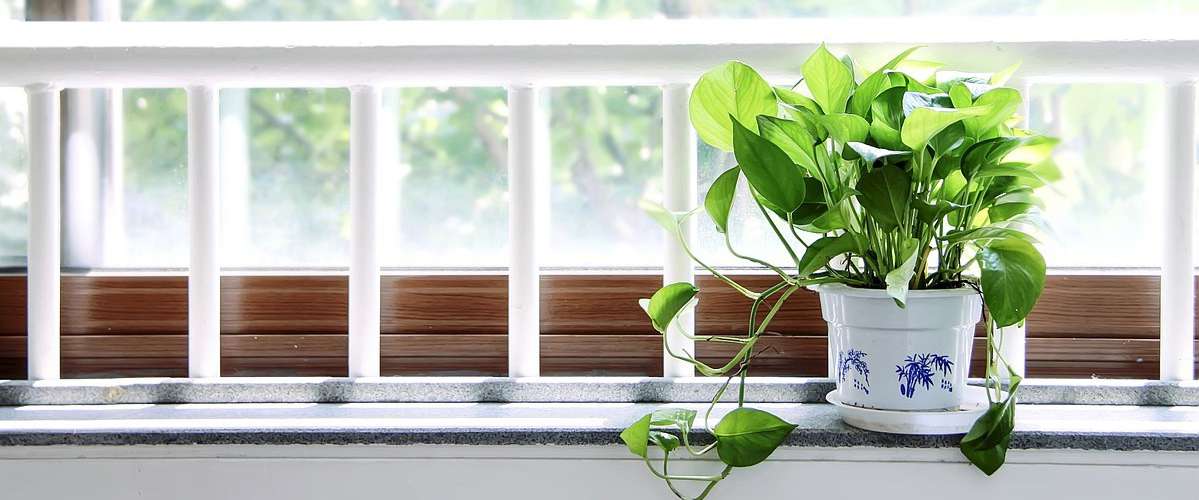












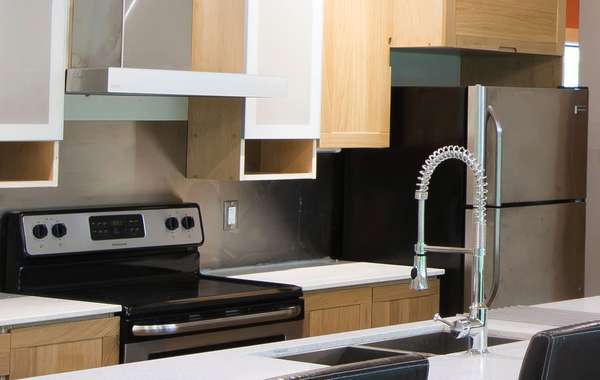
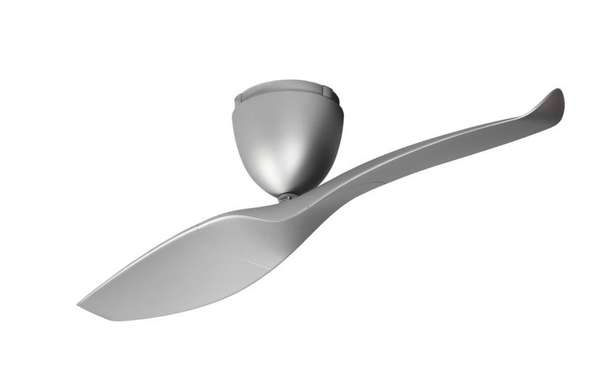
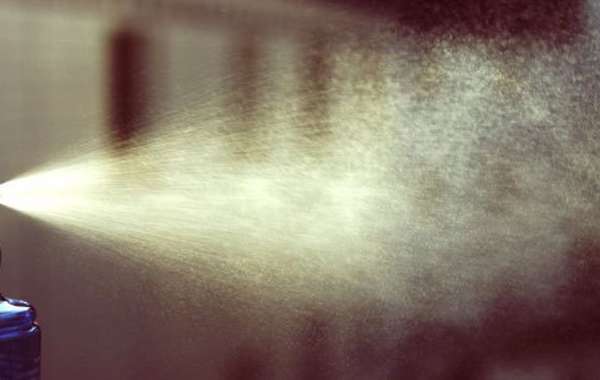
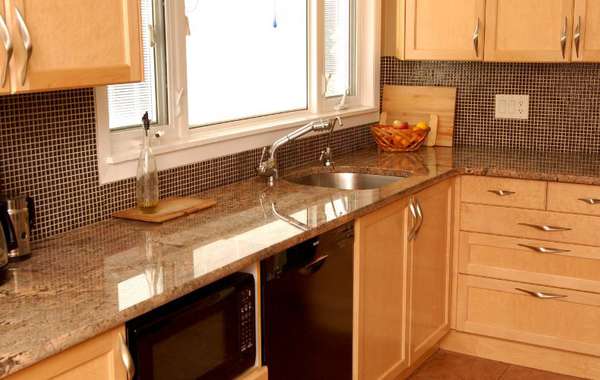
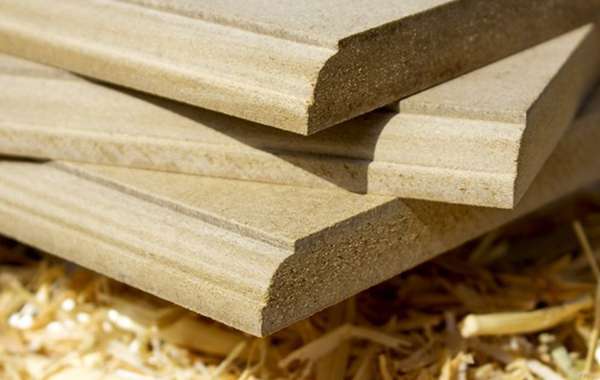
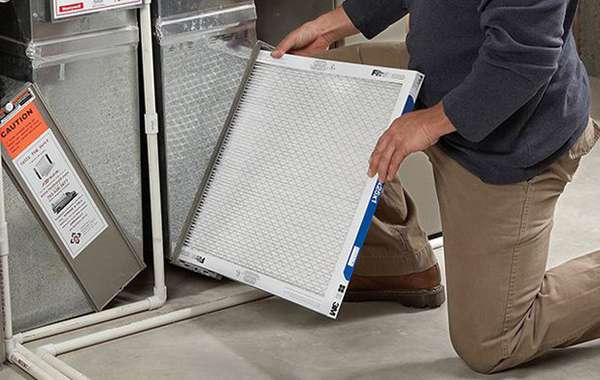

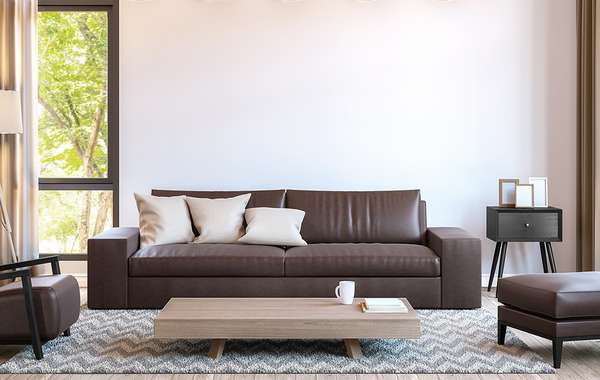
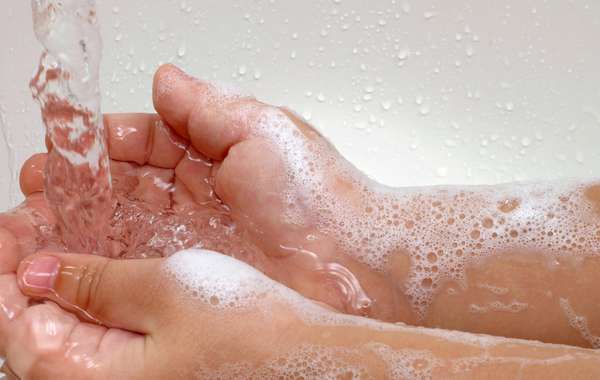
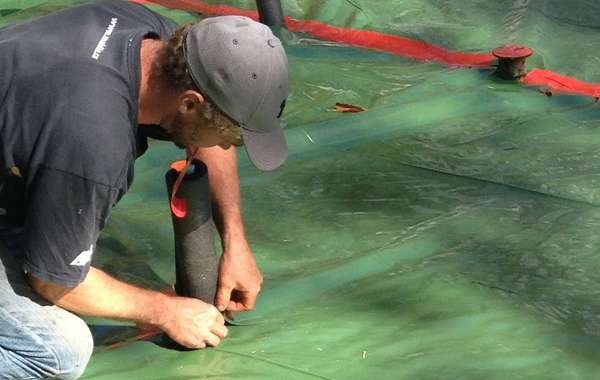
"This popular internet rumor stems from a NASA study "
I read the study. here's the summary.
植物挥发性代谢物在封闭系统中对人体的有益或有害影响的研究还很有限。然而,现有的数据并不能证明,在涉及人类、植物和土壤微生物的生态完全封闭的情况下会产生有害影响。美国国家航空航天局(NASA)在斯坦尼斯航天中心(Stennis Space Center)的研究、亚利桑那州生物圈2号(Biosphere 2)的私人研究、以及苏联在西伯利亚的研究,都开始更清晰地描绘出人类被密封在以植物和土壤为主要生命维持手段的设施中所能期待的体验。需要低光照的室内植物,以及活性炭植物过滤器,已经证明了在节能建筑中去除空气中的微量有机污染物,从而改善室内空气质量的潜力。这种植物系统是最有希望的方法之一,以缓解与许多新的、节能的建筑相关的病态建筑综合症。植物根系-土壤区是去除挥发性有机化学物质最有效的区域。因此,在建筑物中放置植物时,应考虑最大限度地暴露在植物根部-土壤区域,以达到最佳的空气过滤效果。含有风扇的活性炭过滤器具有快速过滤大量污染空气的能力,应该被认为是任何使用室内植物解决室内空气污染问题的计划的组成部分。
Thanks for sharing that Mic. The reason they don't work in homes starts with the comment "in a closed system". A spaceship must be a closed system as all the occupants will die if there is an air leak, but houses are not closed systems. In a truly closed system you can measure such effects, but there is simply no house in existence that is actually 'airtight'.
Was there any mention of the air change variable in homes? Or Relative Humidity levels? It is impossible to come to any realistic conclusion without considering that variable. Ideally a home would not exceed 50% RH for reasons of human health and home durability, a room full of plants will make that very difficult to maintain.
And to speak to air leakage - newly built homes that meet current building codes are said to have as high as 2-3 ACH (air changes per hour), so the entire volume of air is replaced many times per day. Even Passive House with their extremely high standards for air tightness allow for 0.6 ACH, and even in a home that well-sealed you will still see air replaced quicker than plants could possibly clean it.
“在建筑物中放置植物时,为了达到最佳的空气过滤效果,应该考虑最大限度地暴露在植物根部-土壤区域的空气”。这听起来像是你需要把工厂设在任何漏风点附近,而这实际上是不可能做到的。
如前所述,这需要一个真正的丛林来改变,在这一点上,你会在家里经历广泛的水分破坏。这是一个有趣的新奇结论,但它绝不是确保家庭空气质量安全的有效解决方案,这一点在最后得到了承认,他们说风扇和过滤器也需要。所以这项研究的结论是,一个家庭需要机械通气。